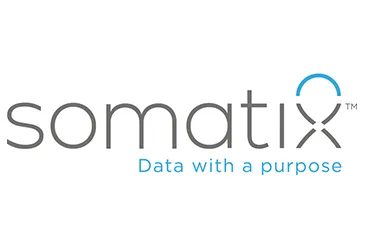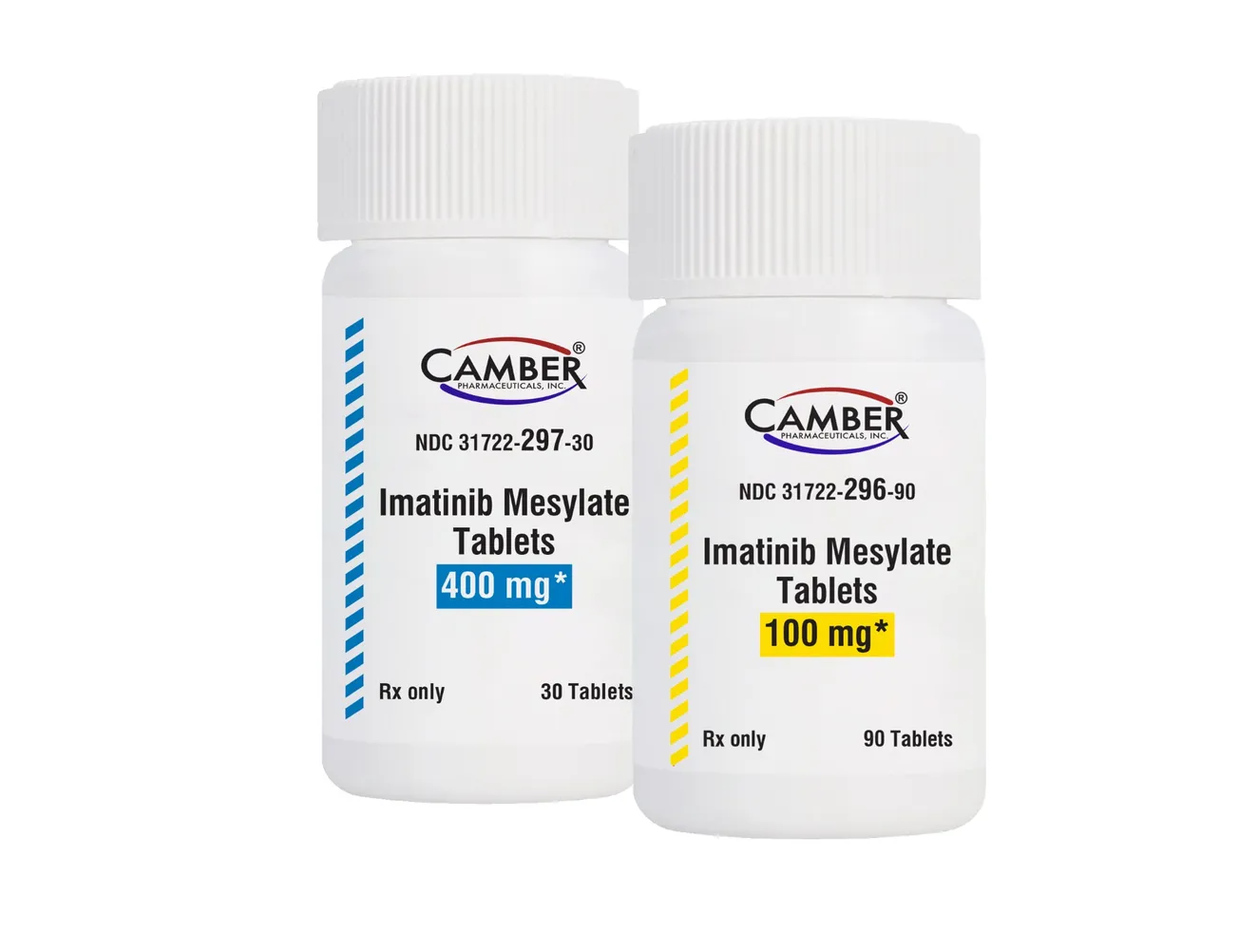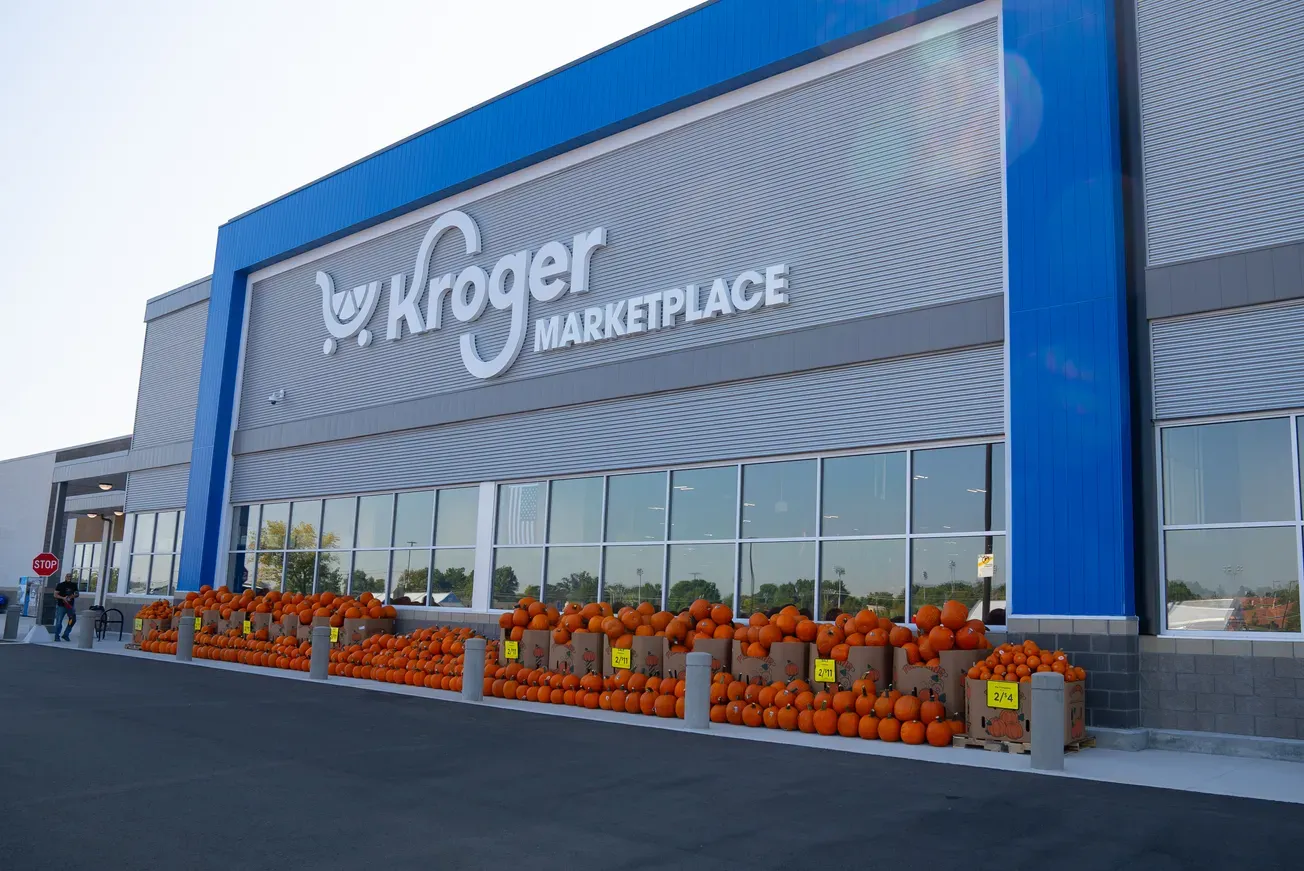NEW YORK – Somatix, a provider of a wearable-assisted, gesture detection- RPM (Remote Patient Monitoring) platform, today announced the launch of SafeBeing, designed for passive monitoring of elderly individuals’ ADLs (Activities of Daily Living), such as sleeping, drinking, walking and medication intake, as well as real time alerting of falling and wandering. By monitoring such activities, SafeBeing can accurately detect and instantly alert caregivers of dangers posed to elderly individuals under their care, enabling immediate response.

Powered by the Somatix real-time gesture detection platform, SafeBeing requires no changes in users’ routines, and does not necessitate sensors or cameras to be installed in their living spaces for monitoring. Rather, a commercial, off-the-shelf smartwatch or smartband with standard existing sensors (accelerometer, gyroscope among others) collects the data needed for analysis.
SafeBeing leverages Machine Learning and Big Data analytics to deliver actionable insights and predictive analytics. Using these tools, SafeBeing detects variations in hand gestures that are cause for concern, and triggers alerts to caregivers or family members. By basing its RPM on gestures rather than specialized hardware installation in the user’s environment, Somatix’s passive monitoring grants elderly people full independence and the freedom to go about their daily activities uninterrupted.
“The global population of people aged 65 and older is expected to nearly double by 2050, driving a surge in demand for digital health innovation,” said Eran Ofir, chief executive officer of Somatix. “SafeBeing is designed to facilitate ‘aging in place,’ and provide both users and caregivers with peace of mind. It is easy to implement and is fully aligned with the remote patient monitoring regulatory landscape, such as reimbursement policies”.









